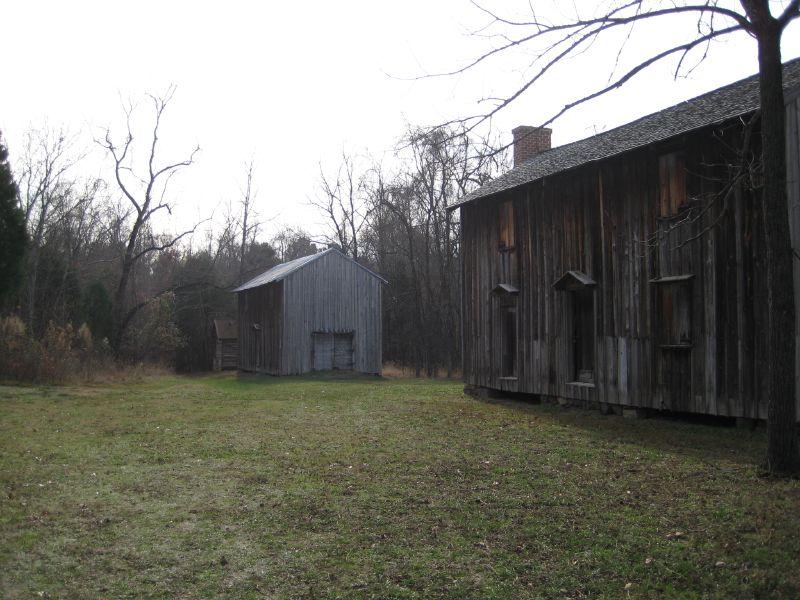It’s almost impossible for us today to imagine how difficult life was for a enslaved person in the antebellum South. Work was long and hard, food and shelter were minimal, the threat of brutal punishment always loomed, and families could be broken up at an enslaver's whim. Yet, heroically, enslaved people not only survived but also created families, culture, art and maintained religious practices.
In this chapter, we’ll read — and, in one case, actually hear — the words of former enslaved people themselves. Some sources in this chapter are books written by enslaved people who escaped to the North, to tell antebellum northerners what slavery was really like. Others are interviews conducted by a federal government program in the 1930s. These interviews can be difficult to read, but they are one of very few ways we can learn about the experiences of enslaved people directly.
Before beginning, please read this guide to reading enslaved peoples' narratives.
Section Contents
- The Life of an Enslaved Person
- Primary Source: Excerpt from James Curry's Autobiography
- Primary Source: Interview with Fountain Hughes
- Primary Source: Harriet Jacobs Book Excerpt
- Primary Source: Lunsford Lane Buys His Freedom
- Primary Source: James Curry Escapes from Slavery
- Jonkonnu in North Carolina
- Primary Source: Cameron Family Plantation Records
